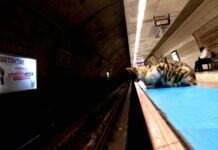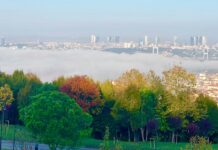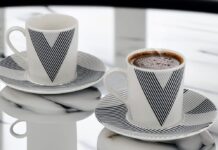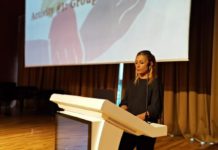C. M. Kosemen is an artist and independent researcher born in Ankara, Turkey in 1984. He studied at Cornell University, Istanbul’s Sabancı University and holds a Masters’ degree from London’s Goldsmiths College in Documentary Film and Media Studies. Kosemen’s areas of interest include surreal art, Mediterranean history, paleontology, evolution, zoology and visual culture. As an artist, Kosemen is affiliated with the Empire Project Gallery of Istanbul. His art has been displayed in exhibits in Catania, Vienna, Ulcinj, Istanbul, Ankara, London and Tel Aviv.

As a researcher, Kosemen’s book credits include Osman Hasan and the Tombstone Photographs of the Dönmes, from Libra Books of Istanbul. Copies of this book have been purchased by leading universities and research institutes of the world. It won the 2016 Eduard-Duckesz History Prize. Kosemen’s other book credits include All Yesterdays: Unique and Speculative Views of Dinosaurs and Other Prehistoric Animals, and Cryptozoologion, the Biology, Evolution and Mythology of Hidden Animals from Irregular Books of London. Kosemen was also an editor for Benetton’s Colors magazine and has worked in various advertising agencies.
Hello, C.M.! We are so happy to get the chance to talk to you and hopefully explore your world of art. You are bilingual, as well as an international artist, writer, photographer and researcher based in Turkey. And you work on bizarre creatures especially on dinosaurs, alongside focusing on unknown cultures. Could you tell us about your starting point? How and when did your interest flourish on these subjects? Also, which culture are you currently investigating?
Thank you so much. I think it all started a bit instinctively. I was always drawn to strange creatures, landscapes, situations and details. You can see some of my childhood art on my website. I was then very lucky to receive a good education in history, biology, art and design. To top this off, my eccentric pursuits were appreciated and encouraged; and I developed a disciplined, “non-bohemian” approach to my work. This was the result. I am not examining a specific culture at the moment, but I am slowly developing several research efforts and collections, one of which will eventually bear fruit. I usually complete two art exhibits and one big research book every year.
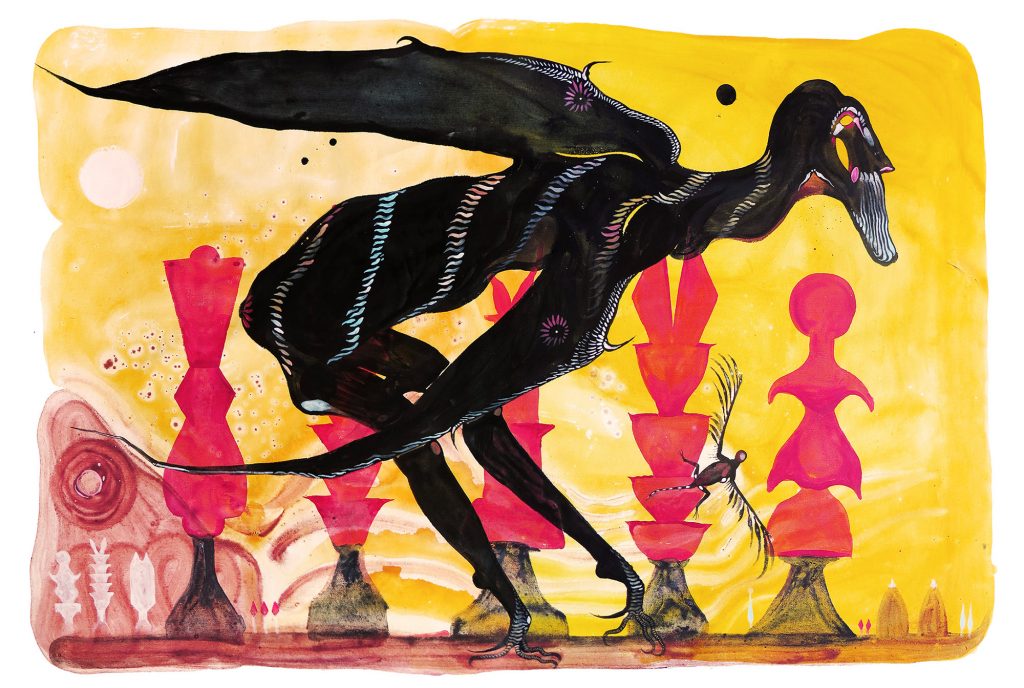
Being a multi-disciplinary artist and a writer, could you elaborate on your technique and talk about the interactive relationship between your disciplines?
I usually alternate between painting, writing and photography projects in monthly intervals. I try not to begin a new work or task before the one at hand is finished. This both leaves me satisfied with my output, and keeps my intellectual appetite fresh. In all of my works, I think I can summarise my insight as “revealing unseen possibilities”.
Your surreal creature works remind us of the archetypes of the great psychologist Carl Gustav Jung. Furthermore, the knowledge of the ancient East cultures. Do you feed from those fields? Could you talk about the philosophy behind your works?
This might be surprising, but I almost never think of archetypes or philosophy while painting. These approaches always enter my work later on, and I want such perspectives to be brought in by my viewers. If there is a philosophy behind them, it can be this: I just want to be honest to myself.
Your creature paintings possess an archaic and a spiritual dimension within themselves. And, you said in an earlier video-interview that, you paint in interaction with yourself. Perhaps you research through the process of painting too? Could you share your creative process?
Actually, the process is more about honesty and having fun as opposed to mysticism and research. Of course, I draw from a great repository of natural forms and historic images, but when painting I always improvise. Sometimes, my audience finds details or themes that they can relate to their own lives, and during exhibits these are always the most surprising moments for me.

As a successful international artist, could you tell your views about Istanbul art scene and advantages and disadvantages for young artists? What aspects could be improved or utilized?
The Turkish art world is actually not too dissimilar to art scenes around the world. It is a bit more brash and shallow, yes, but that results from a general, societal difference. The challenges faced by young artists are more-or-less the same. Unfortunately, no one owes you a living just because you are “creative”. An artist has to realize he or she is a small business vendor and plan accordingly. It is almost always impossible to subsist on art alone, so it really helps to develop skills that can make you money on the side. Being financially independent from art makes your work more sincere and original. Even I don’t make all of my living from art sales – I work as an editor for advertising and PR firms to make ends meet.
Finally, could you inform us about your future projects?
I don’t want to disclose my future projects until they are ready to launch, because I am afraid of “jinxing” them. But recently I was invited to the TEDx event in Madrid, where I gave a talk on the changing views of dinosaurs, and my art of prehistoric animals. I was really happy to be invited to such an event. For art; one of my works is currently being featured in a group exhibit at the Evliyagil Dolapdere Art Space in Istanbul; and a personal exhibit is on at the İklim Art Project Gallery in Ankara.
For more information visit:
http://www.instagram.com/cmkosemen
http://www.cmkosemen.com/
Images courtesy of the interviewee.

